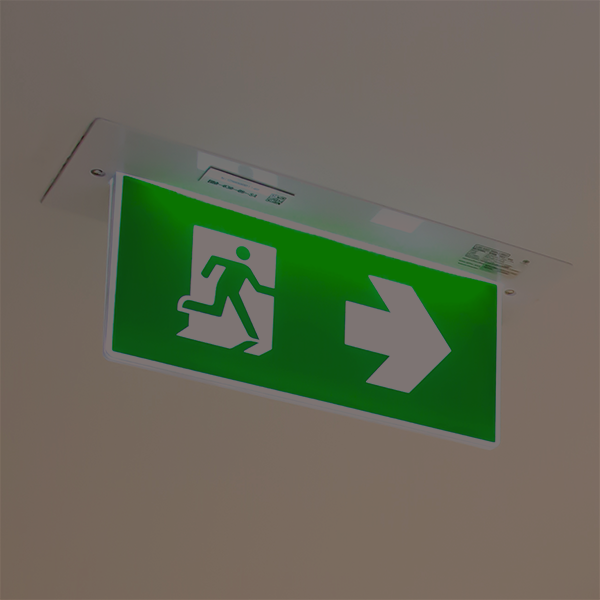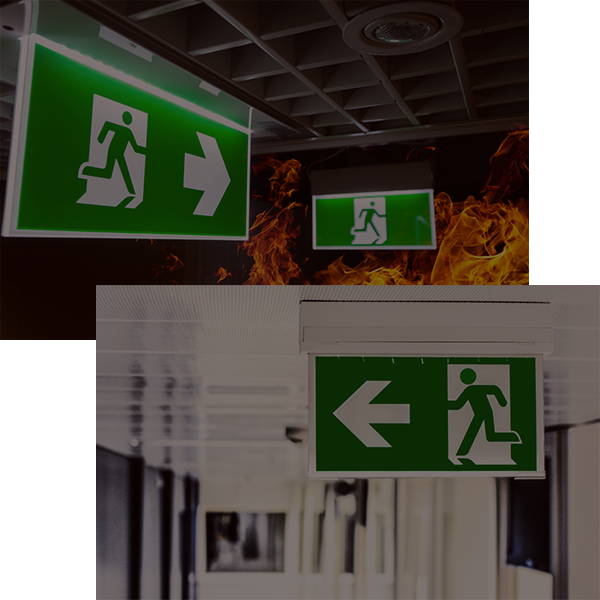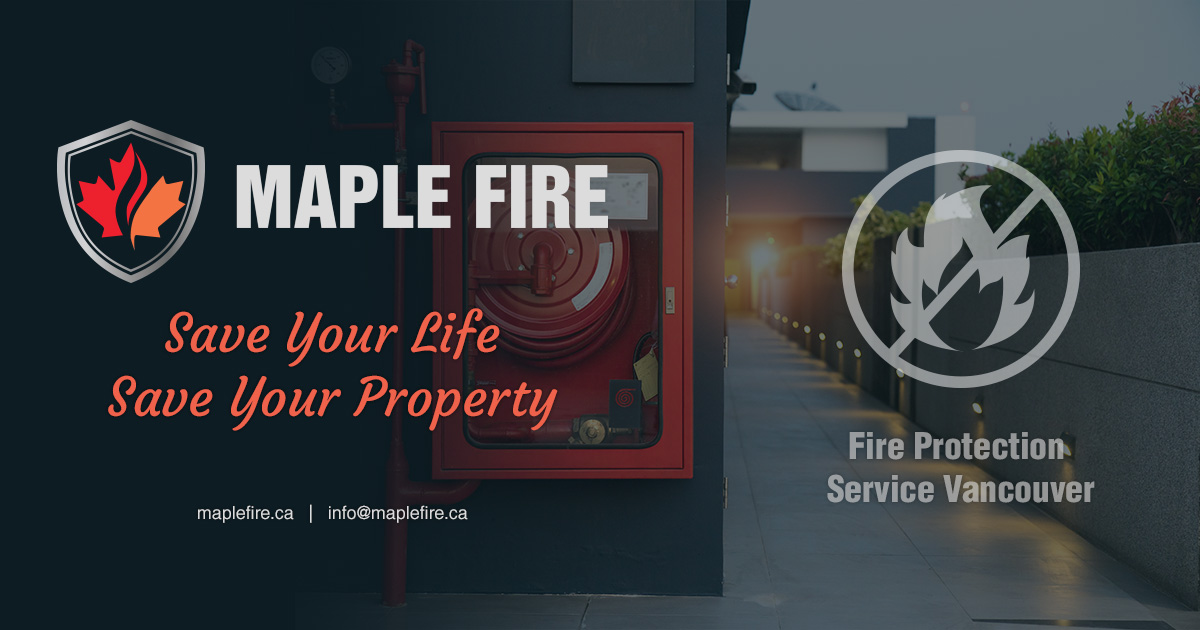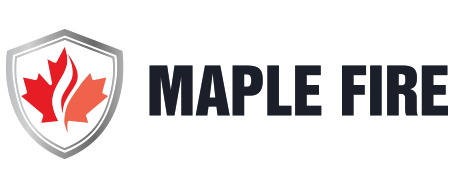Emergency and exit lights are an essential part of your life safety equipment. Designed to provide sufficient illumination, they allow building occupants to exit safely in the event of a power outage or other emergency. Maple Fire performs annual timed tests as required by the life safety code and local jurisdictional requirements.
While fire alarm systems communicate an emergency and fire sprinklers extinguish fires, exit and emergency lights are designed to guide you and your employees to safety in the event of an emergency. Emergency and exit path lighting are required in all commercial buildings and are specifically designed to save lives. In the event of a power failure or other service interruption, your employees will utilize the emergency and exit lights to get to safety.
NFPA (National Fire Protection Agency) requires a monthly 30-second push test and depending on the area, may also require a 30 minutes load test. Failure to comply with these standards could result in fines and additional liability for your business. Maple Fire knows that keeping all of your fire protection systems serviced regularly ensures your safety and that of your property.

Our assessment includes visual inspection to ensure emergency and exit lights are in good working condition. Our inspection includes depressing the test button to ensure batteries and bulbs are operational. We validate that batteries and bulbs will remain fully operational for the entire test period.
Maple Fire documents all devices tested in a work completion report and will replace failed bulbs and batteries per original equipment manufacturer specifications.

EMERGENCY / EXIT LIGHTING BENEFITS
- Code compliance
- 30-minute testing / push-button testing
- Bulb and battery replacement
- Emergency / Exit light installations
- Panic alarm / Exit bar testing & installations
MAINTENANCE SCHEDULE
MONTHLY
- Ensure emergency lighting is in its designated place
- Inspect housing for physical damage
- Conduct push test switch for 30 seconds
- Verify lamps are illuminated and aimed in correct direction
- Maintain monthly log for inspection by the authority having jurisdiction (AHJ)
EVERY YEAR
- Conduct a thorough examination of the unit
- Test the battery and lighting system for the required 30 minutes
- Check the condition and voltage of the battery and verify manufacturer date
- Check AC/DC lamps or bulbs for damage and proper operation
- Verify charging circuit is operational and working properly
- Apply emergency lighting test label to each light upon completion

HOW WE WORK
INSPECTION PROCESS
DURING OUR EMERGENCY LIGHT INSPECTIONS, OUR TECHNICIANS WILL:
- Inspect the lighting system to determine whether it is in service and in satisfactory condition in accordance with NFPA standards
- Conduct a complete test of the lighting system to ensure it will illuminate a minimum of 30 minutes
- Adjust the PC board float voltage to ensure extended life of the batteries and other key components
- Inspect all bulbs and lamp heads to ensure they are operational and meet lighting requirements
- Clean all battery terminals and leads
- Survey the emergency lights and exit signs for proper placement
- Check the energy efficiency of the bulbs and lamps
- Tag or label devices as required and perform all required record keeping
- Identify potential detrimental site conditions that could compromise the performance of mechanical and/or electronic components of the system
- Compile a complete report of the inspection, explaining any deficiencies and recommending corrective action in accordance with recognized codes for care and maintenance


